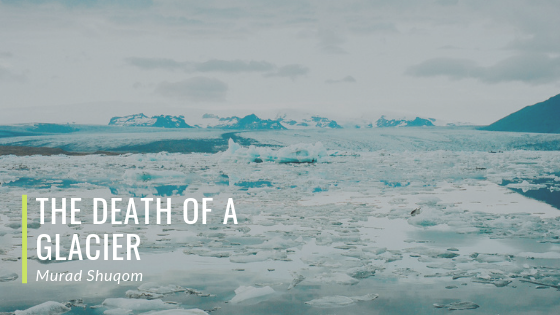Climate change has officially taken a drastic toll on Iceland, the land best known for its glaciers. Okjokull has lost a majority of the snow/ice on it, officially specified as too thin to be considered a glacier any longer. The area, which is now a barren, rocky landscape and the lake made of Okjokull’s watery remains, has been renamed to simply “Ok”. “Jokull”, which means “glacier”, was removed from the name to reinforce the fact that the glacier no longer exists. Residents of the area and scientists from across the globe held a funeral for the glacier in an attempt to raise awareness for climate change and what it is doing to the world’s landscapes. There is now a plaque installed with a warning that states “In the next 200 years all our glaciers are expected to follow the same path.”
Iceland isn’t the only place that is experiencing glacier loss, glaciers along the Sierras in California are also experiencing major recession. Recent observations of Lyell, in Yosemite, suggest that it may no longer be a glacier either. Factors that play into rising temperatures and melting ice include the sheer rise in population and usage of CO2 emitting vehicles. “Global carbon dioxide concentrations have jumped from 280 parts per million in 1850 to 400 parts per million today”, and that’s a huge problem. Main water sources rely on glaciers for their supply and the loss of those sources may be detrimental. Plants and animals rely heavily on them for survival.
One of Iceland’s major concerns is the potential loss of their famous Snaefellsjokull, made so by Jules Verne’s “Journey to the Center of the Earth”. The country does its best to raise awareness of what’s happening to the climate and its glaciers. A survey showed that out of 250 people who were asked about climate change in the country, 68 percent said they were initially concerned about it. More than 50 percent said that they were more concerned after visiting the country. Around 60,000 people visit the caves there every year alone, not to mention the 4 million that visit Yosemite yearly. The severe loss of these glaciers are proof that climate change is reaching its peak, it’s only a matter of time before others follow suit.

